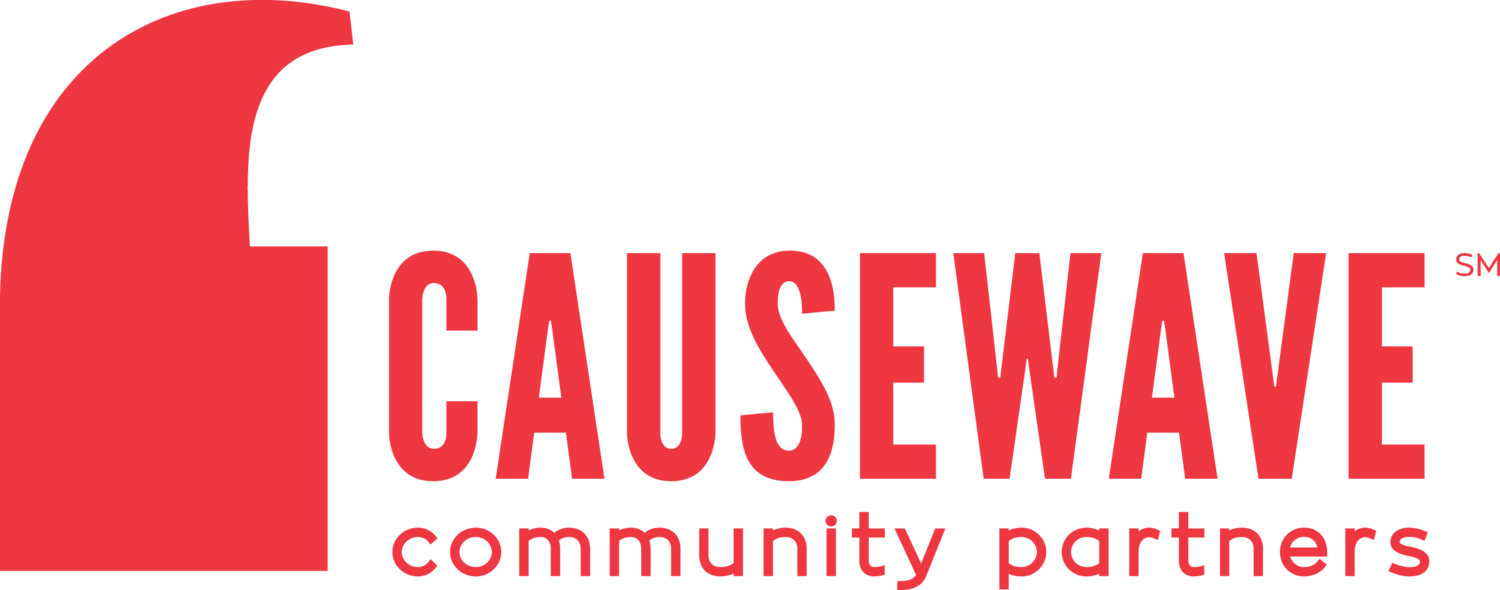Nonprofits Don't Need Donors
Nonprofits Don’t Need Donors
Change the Conversation to Investors, Not Donors
By: Todd Butler, Causewave Community Partners
This is a heretical concept to the nonprofit struggling to make payroll or cover expenses, investing lots of time in an annual campaign or researching potential givers. In fact, the prevailing sentiment is currently the opposite. In an era of scarcer government funds, many longstanding nonprofits are placing more and more emphasis on seeking new donors.
But humor me for a moment. What is a donation? A common definition might be ‘a gift given without expectation of return.’ Except maybe a thank you note. Or a tote bag.
What’s wrong with gifts? If we’re lucky, we get them once or twice a year, largely from a few people who have an emotional connection to us. But it’s a good thing we don’t depend on those gifts to make the rent or put food on the table. No, the resources we need for those staples of life typically come to us because someone is paying us to achieve something, often between the hours of 9 and 5. These people, our employers, aren’t making an emotionally-driven gift to us every other Friday. They are investing in our work, with a very tangible expectation of return. If they don’t think we’re delivering those results, they’ll find another place to invest those dollars. It doesn’t even occur to us to ask an employer to make a bi-weekly gift. That’s just not the nature of the relationship. But in the nonprofit world, this is very often what we do. “Please give.” “Give ‘til it hurts.” “Become a donor.” “Make a charitable contribution today.”
This construct – where the implicit message to those with resources is “Please find it in your heart to give just a little of your excess money to us, because we don’t have any and we’re doing God’s work” – sets up a very dangerous and self-defeating dynamic. If we agree that the idea of “gifts from donors” come without the expectation of return, we shouldn’t be surprised when a few additional things come to pass.
Donors have all the power, with nonprofits feeling a lack of control of their destiny, struggling to find ways to appeal and connect.
Donors make largely emotional decisions about their gifts, giving a huge advantage to nonprofits with the most charismatic fundraisers.
Because of these emotional decisions, donors are reluctant to allow their gifts to fund the overhead investments necessary to achieve outcomes.
The best program models don’t necessarily attract the funds they need to achieve their outcomes.
The nonprofit sector fails to deliver its potential value to the community it exists to serve.
Nonprofits don’t need more donors. What nonprofits need are investors. People who are willing to pay for outcomes they care about. When an individual invests in a company, s/he is driven by the idea of expected returns. Companies delivering the best returns attract the most investment. Period. Investors don’t care if the company invests 25% in overhead (the average for the food and beverage industry), 35% (the average for healthcare equipment or services) or even approaching 50%, as the software and services industry does. Investors don’t stop investing, as long as the promised returns are realized.
When nonprofits begin to think of their donors as investors in results, powerful forces can be set in motion to change the very nature of the organization.
The nonprofit itself will be more driven by results in all its programs.
Investors see the nonprofit as more of an equal – a necessary partner in achieving results, not a gift recipient.
Investors build a strong bond with the organizations that give them the opportunity to make change happen.
Staff will be loyal and highly motivated. After all, they got into this work because of a desire to make meaningful change.
The nonprofit’s brand is strengthened, attracting more high-quality staff, volunteers, and investors.
If my daughter were to ask me for an allowance, I’d be willing to give her a few bucks a week. But if she were to commit to keep her room clean, take care of the dog and the fish, and tidy up the garage on weekends, I’d be digging a lot deeper into my wallet, and happily. The former is what I’ll give because of my emotional connection to her, and the latter is the investment I’ll make in outcomes I care about. She can decide she’s happy with the small resources that come as gifts, or she can decide to fundamentally change the conversation, and change her fortunes. She may not believe it, but she’s in control of her destiny. And so are our community’s nonprofits.
Want to discuss how to flip the conversation with your supporter base from “donor” to “investor” in time for year-end? Email us at info@causewave.org. We’d love to hear from you!
